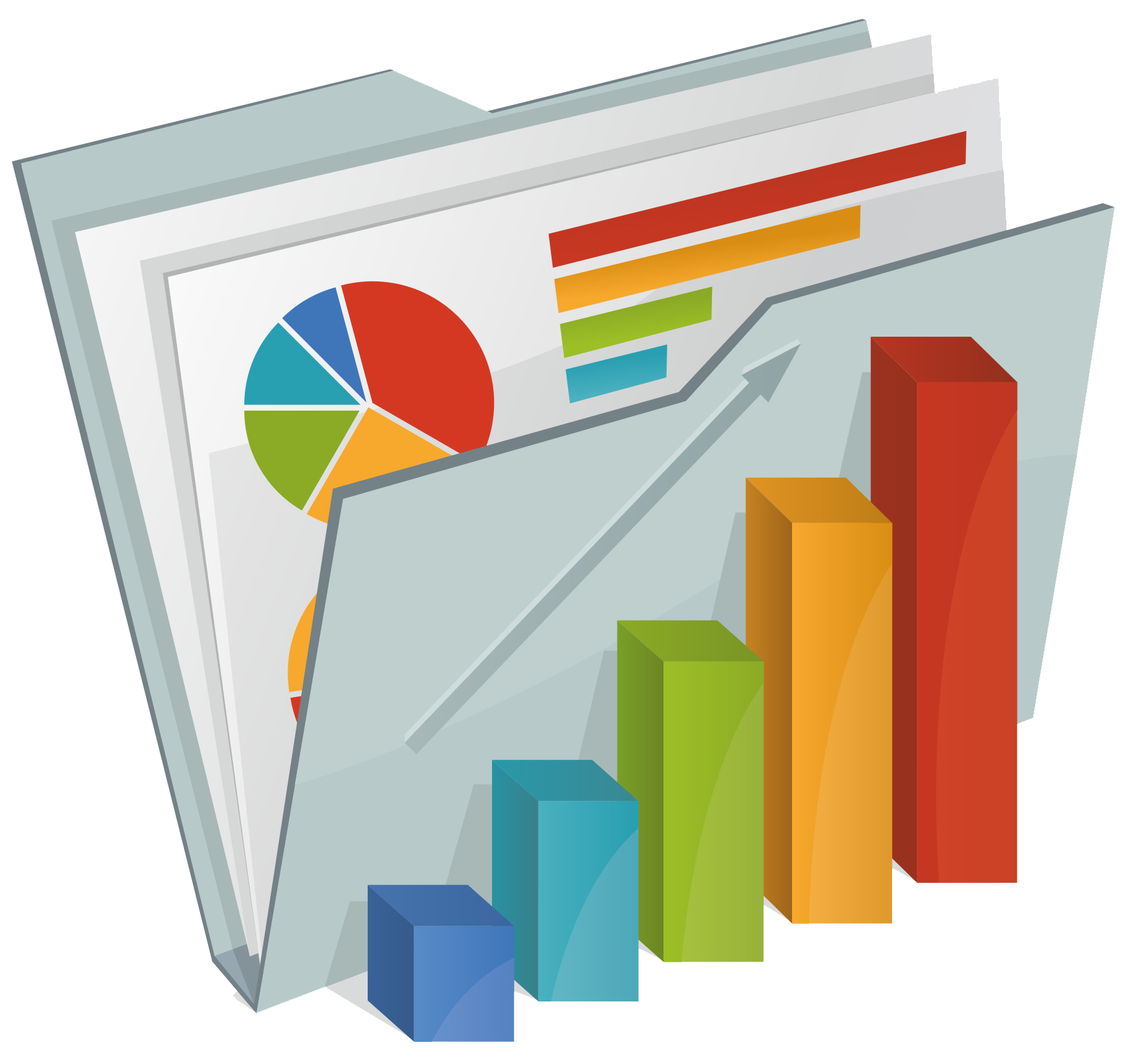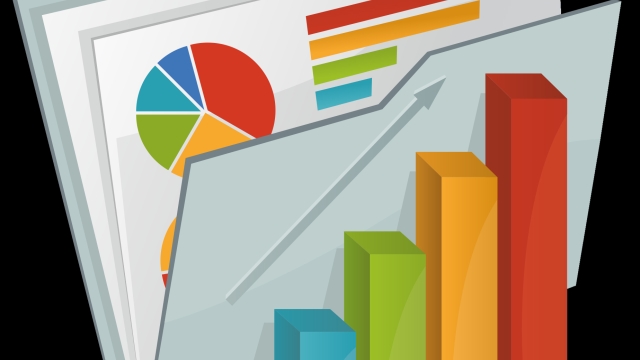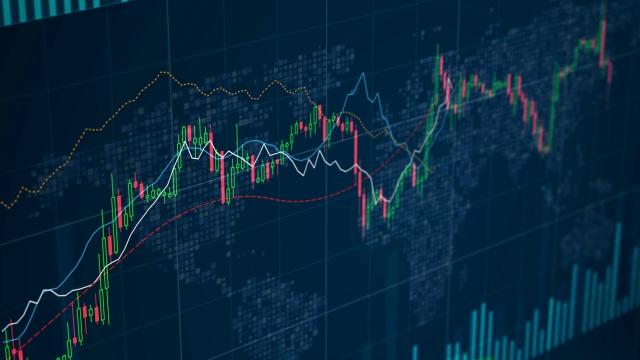
In the realm of research and analysis, the importance of effectively managing and extracting insights from data cannot be understated. Whether you are a seasoned data analyst or just starting your journey in research, having the right tools at your disposal is crucial. NVivo, a robust data analysis software, has been gaining popularity for its ability to streamline the analysis process and unearth valuable findings from datasets of varying complexity.
Embracing NVivo as part of your toolkit can elevate the way you approach data analysis tasks. Its intuitive interface and powerful features offer researchers and data analysts a structured framework to delve deep into their datasets, uncovering patterns, themes, and connections that might otherwise go unnoticed. By mastering NVivo, you can enhance your analytical skills, enhance the quality of your research outputs, and ultimately make more informed decisions based on credible data-driven evidence. Whether you are navigating quantitative data sets or diving into qualitative research, NVivo provides a versatile platform to harness the full potential of your data.
Key Features of NVivo
NVivo offers a user-friendly interface tailored for research data analysts to efficiently manage and analyze data. Its intuitive design allows for seamless navigation through large datasets, saving valuable time and enhancing productivity.
One standout feature of NVivo is its robust coding capabilities, enabling researchers to organize and categorize data easily. By utilizing coding tools, users can identify patterns, relationships, and themes within their data, leading to more profound insights and meaningful conclusions.
Additionally, NVivo provides powerful visualization tools that allow for the creation of charts, graphs, and diagrams to present findings in a clear and compelling manner. These visual representations enhance data interpretation and facilitate communication of results effectively.
Best Practices for Data Analysis
Firstly, it is essential to meticulously plan your data analysis process. This involves clearly defining your research objectives and questions to guide your analysis effectively. Additionally, ensuring that your data is accurately collected and organized will set a strong foundation for your analysis.
Next, consider using a systematic approach to analyze your data in NVivo. Employing techniques such as coding, categorizing, and linking data sources within the software can help reveal patterns, themes, and relationships in your data. Utilizing NVivo’s visual tools can also enhance your understanding of complex data sets.
Lastly, maintaining transparency and rigor throughout the analysis process is crucial. Documenting your data analysis steps and decisions can not only enhance the reliability of your findings but also facilitate reproducibility. Engaging in peer reviews or seeking feedback from colleagues can further strengthen the validity of your data analysis.
Improving Research Efficiency
Nvivo Thematic Analysis
In order to enhance research efficiency, mastering the use of NVivo for data analysis is crucial. By utilizing the features and tools offered by NVivo, a research data analyst can streamline the process of organizing, coding, and analyzing large volumes of data. This not only saves time but also ensures a more systematic and comprehensive approach to data analysis.
One key aspect of improving research efficiency with NVivo is the ability to easily manage different types of data sources within a single platform. Whether the data is in the form of text, audio, video, or images, NVivo provides a centralized location for storing and analyzing diverse data sets. This eliminates the need to switch between multiple software programs, thereby simplifying the research process and reducing the risk of errors or oversights.
Another way to boost research efficiency is by harnessing the power of NVivo’s visualization tools. By creating visual representations of the data, such as charts, graphs, and mind maps, researchers can gain valuable insights and identify patterns that may not be apparent from a purely textual analysis. These visualizations aid in interpreting complex data sets more effectively and can facilitate the communication of findings to others in a clear and impactful manner.




